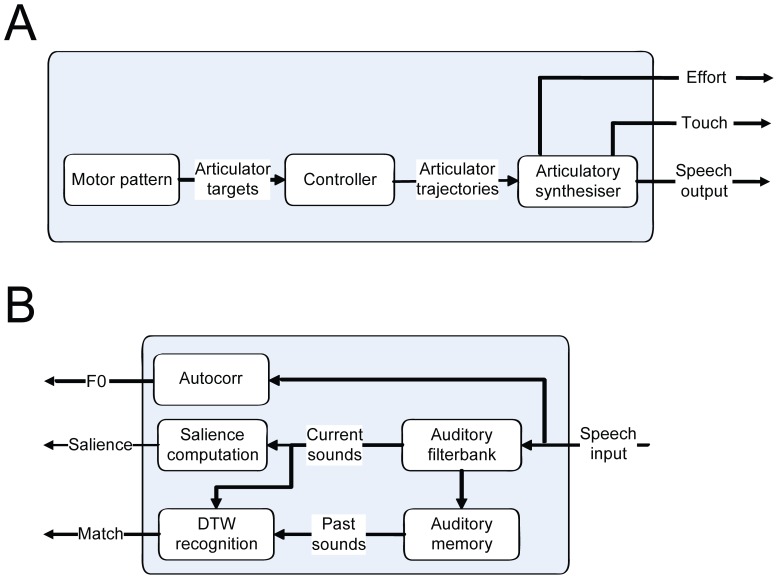Figure 5. Elija's motor and perceptual systems.
Panel A: Elija's motor control system incorporates a Maeda articulatory speech synthesizer. A motor pattern is a sequence of articulatory targets for the synthesizer's control parameters. These are interpolated by a controller, which assumes that the articulator movements follow 2nd order critically damped trajectories. The resulting sequences of time-varying parameter vectors drive the synthesizer. This potentially generates acoustic output, which is played out via a loudspeaker. In addition, the effort in the production is estimated and any closure of the vocal tract is reported. Panel B: Elija's perceptive system. A USB microphone first digitizes the acoustic input. Autocorrelation analysis is applied directly to the waveform to estimate its fundamental frequency F0. An auditory filter bank provides pre-processing of the input. Further processing estimates signal salience, which is used by the reward mechanism. Pre-processed input can be recorded in auditory memory and also compared against past memories using a speech sound recognizer that is based on DTW.

